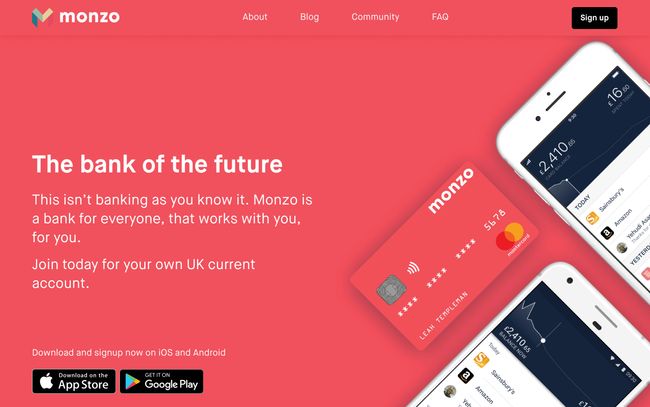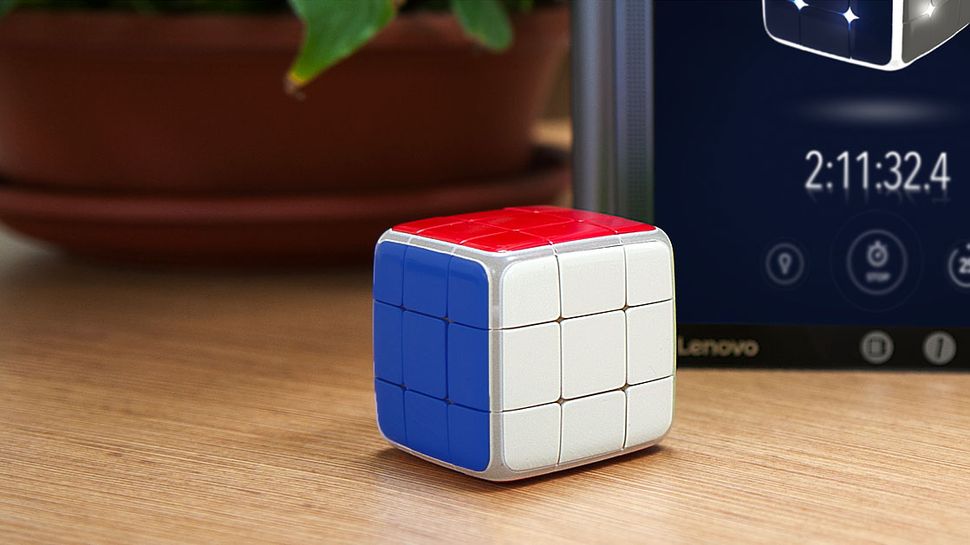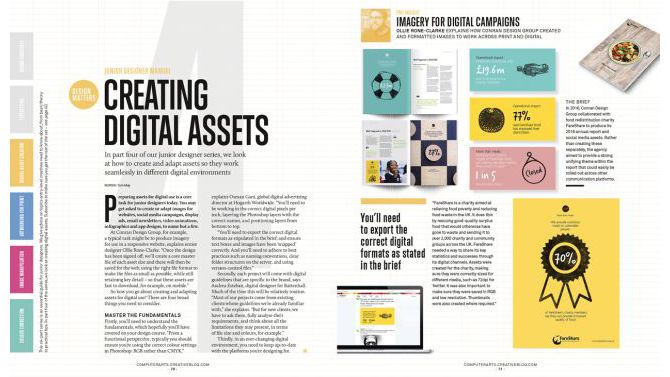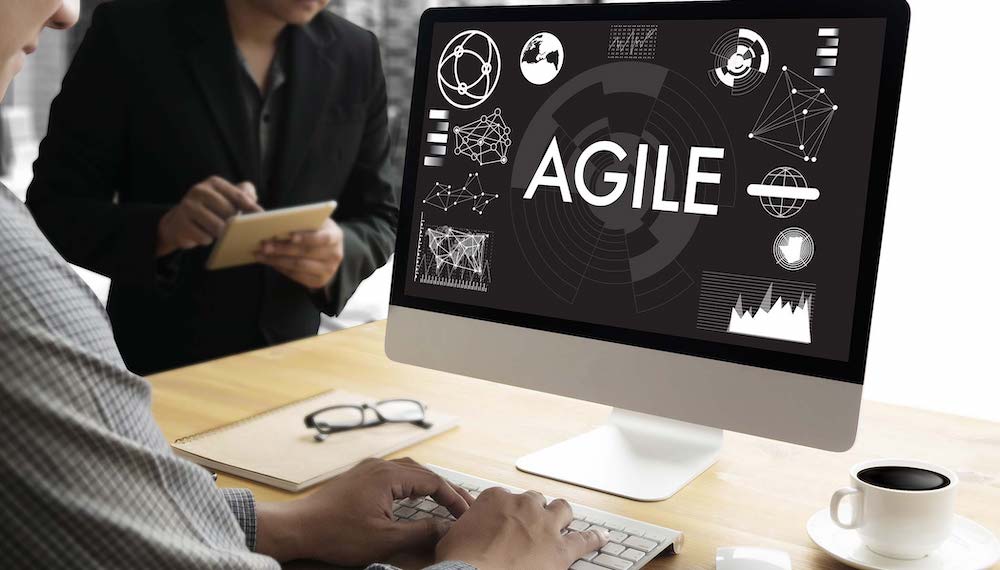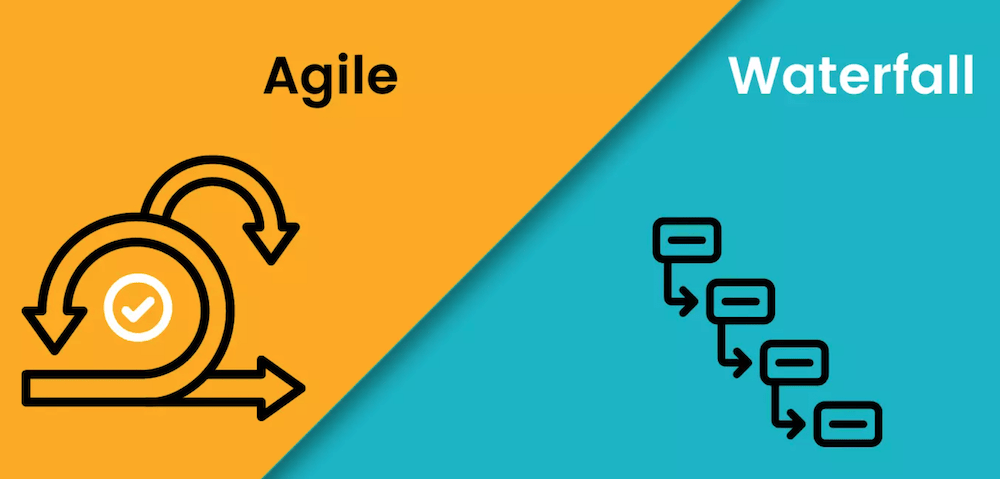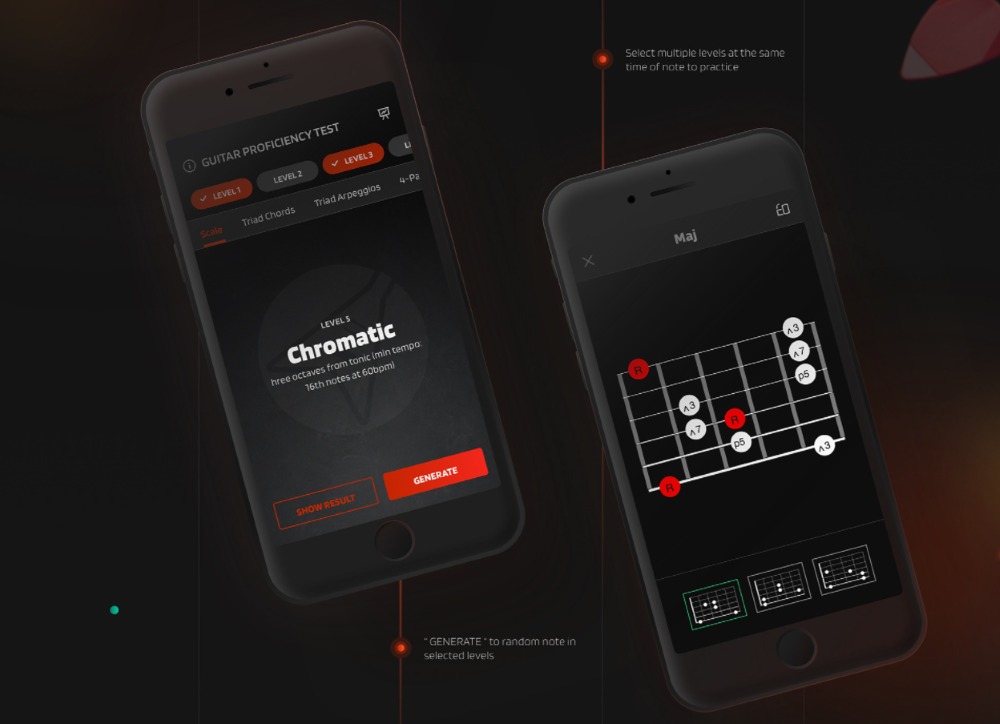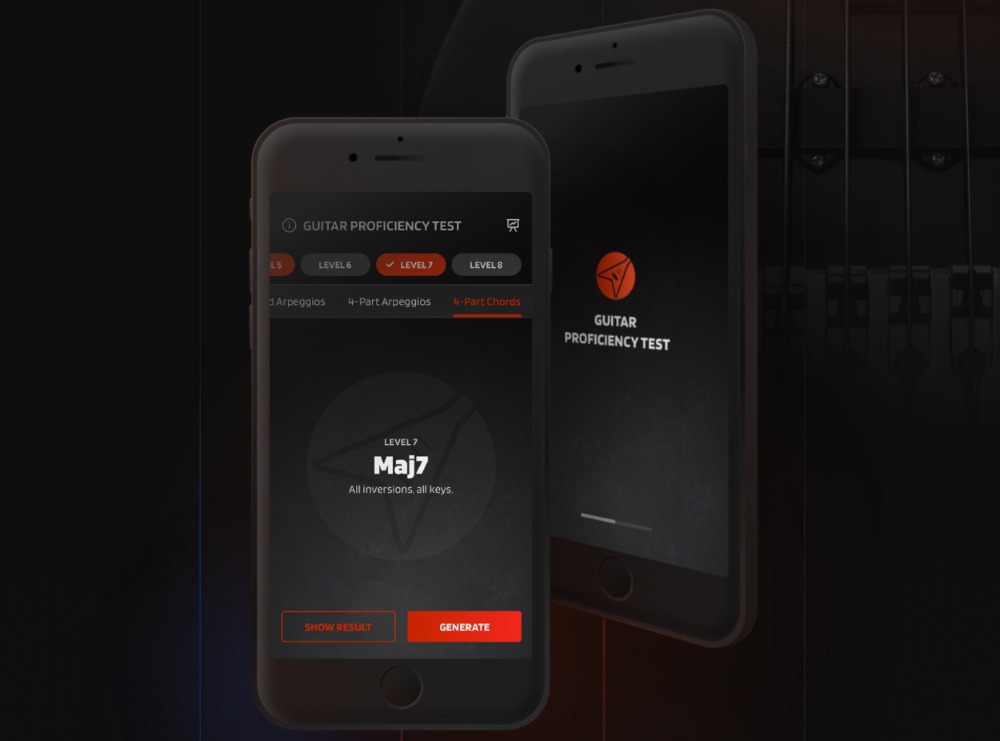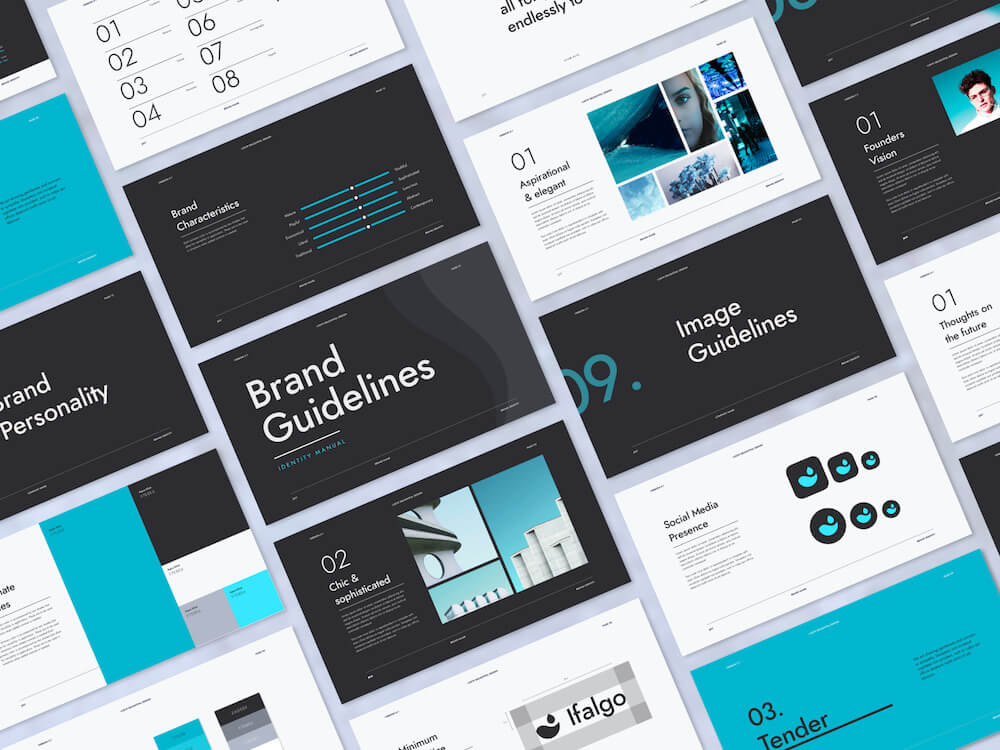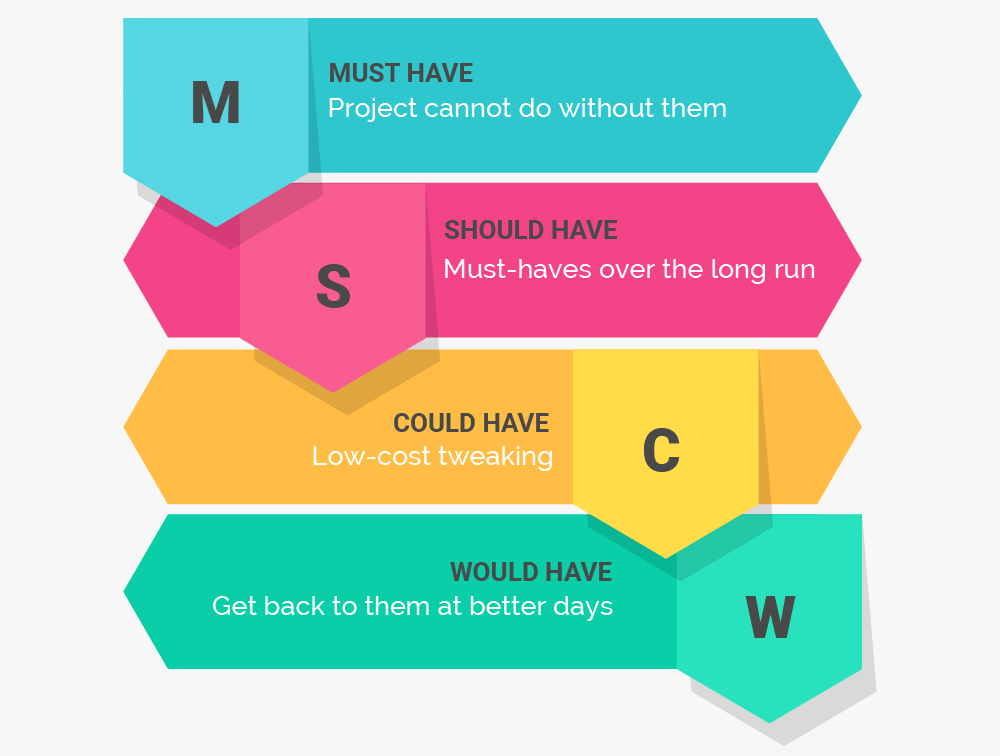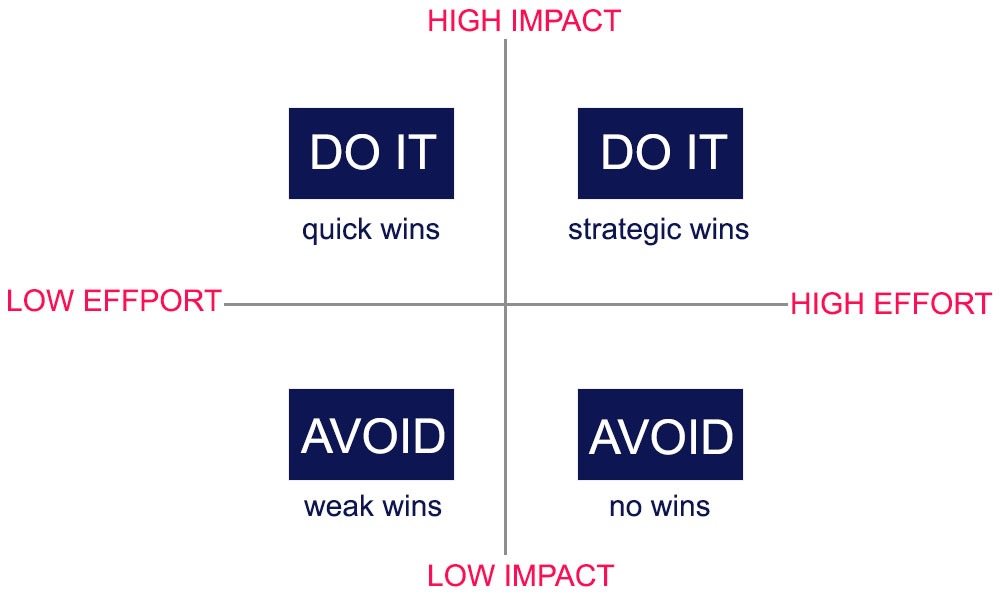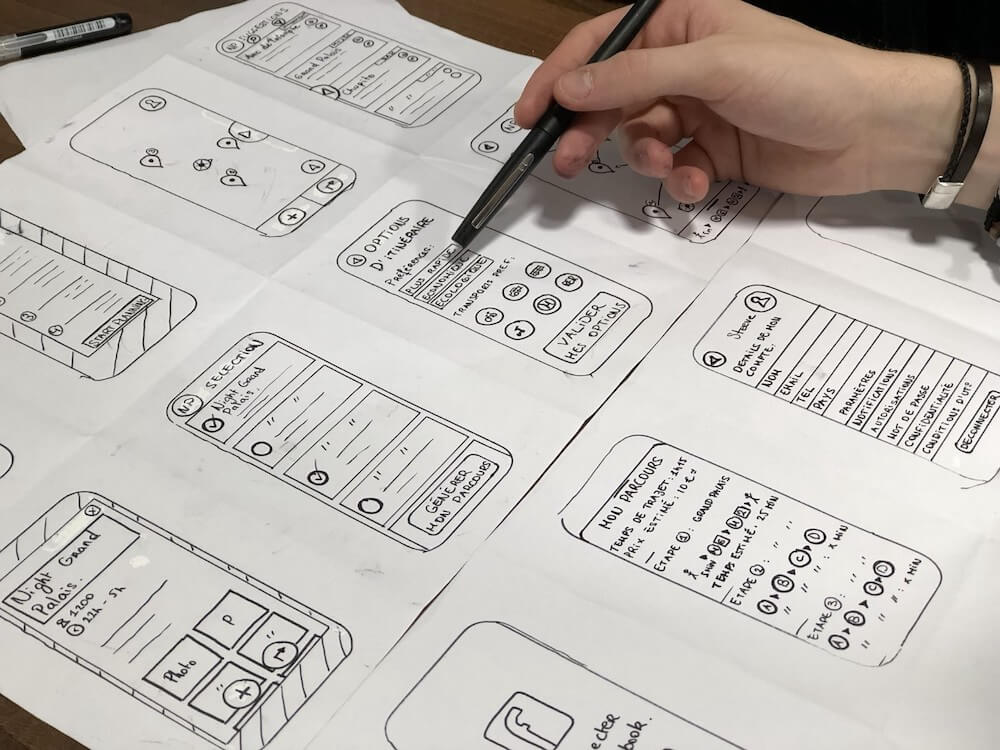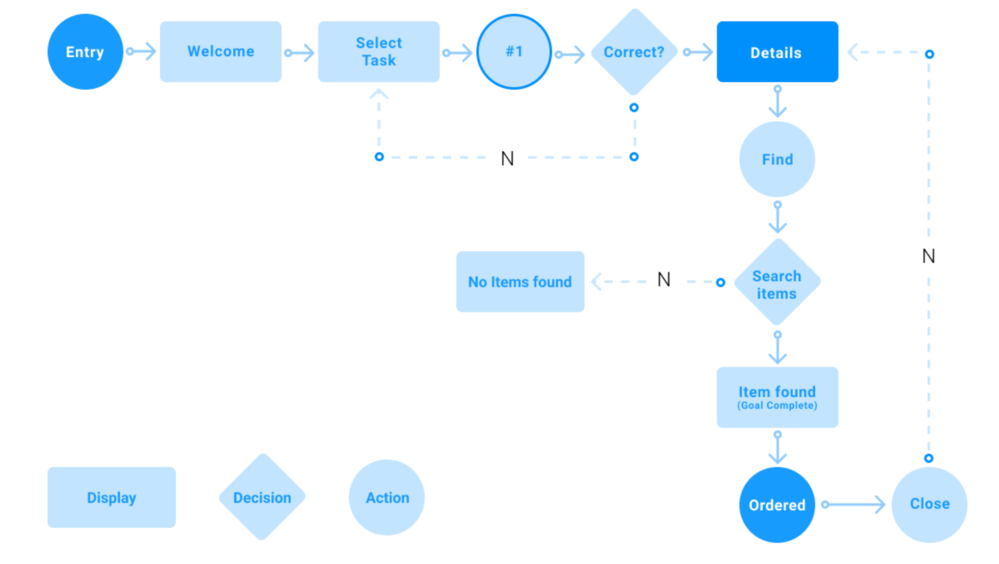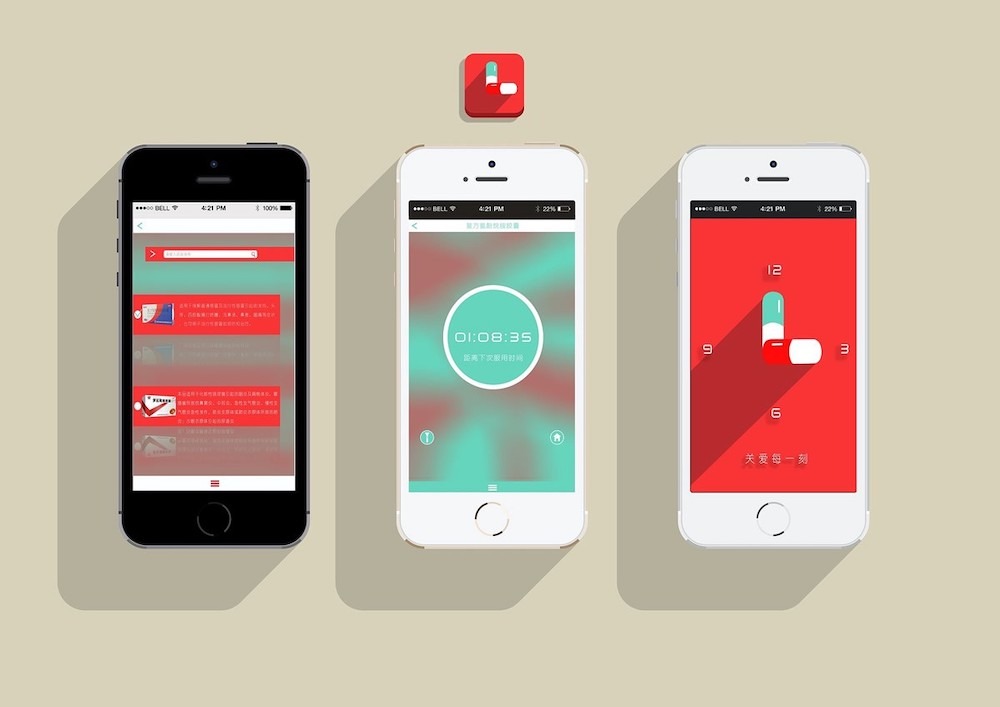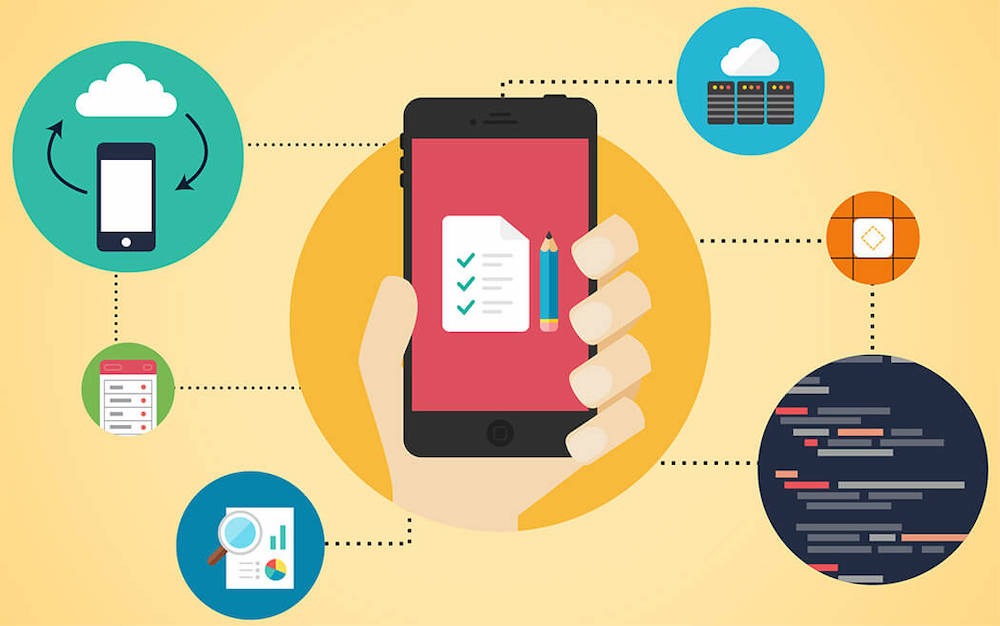We’re living in the era of agile.
Having the right agile mindset is also of importance. Although this methodology was initially introduced to improve the execution of tech projects, it now goes beyond the industry. In an agile workspace, teams will be provided with agility and flexibility to function productively, optimize their tasks and deliver values effectively. Accordingly, they are adaptable to changes and thrive positively in their fields.To do so, understanding the agile methodology is not adequate. In this article, Designveloper will equip you with essential information to build and practice a proper mindset for your agile teams.
You should know this before knowing about the agile mindset: What is Agile Software development?
What is The Agile Mindset?
According to the 2020 Boston Consulting Group research, 70% of digital transformation projects fail to meet their ultimate goals.
Reasons can vary. And one of them is the lack of not really becoming agile.
Robert McNamara, a strategy practice director at Guidehouse, indicated that many companies now say they’re embracing agile approaches. But in fact, they just adopt it in concept, but not in implementation. In other words, those organizations haven’t exploited all agile principles, especially in willingly using feedback from real customers to boost development.
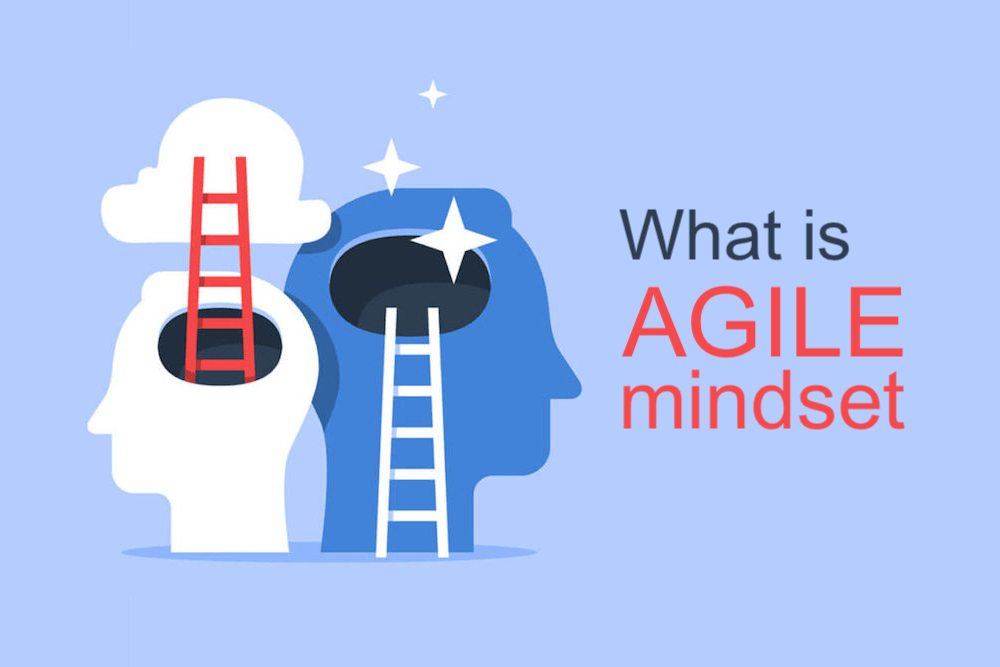
Therefore, forming the right mindset within your company is a must if you want to cultivate the whole potential of this methodology.
It’s simply the way of thinking that refers to understanding, cooperating, learning, and working flexibly to obtain desired outcomes. This thought process helps your team be adjusted to changes instead of staying stuck in those new conditions. Beyond that, team members will have more leeway, autonomy, and creativity to complete their tasks best. Each productive, healthy individual will contribute to a robust core team.
This way of thinking doesn’t only revolve around scheduling and performing your work in agile iterations. But it also encourages team members to grasp and adopt agile principles well in all aspects.
4 Main Pillar of Agile Mindset You Need to Focus on
The agile methodology aims at empowering team members to fast respond to the changing market and user needs. However, you hardly succeed in executing this approach unless you have the right mindset. Based on four values and twelve principles of the Agile manifesto, Designveloper concludes four primary pillars you should focus on:
Recommended reading: 12 Agile Principles and How It Looks in Practice
1. Respect to team members
According to Agile Principle 5, your company must develop tech projects around motivated members. To do so, it’s essential to build mutual trust and a harmonious workspace as well as provide the support they want.
This rule is a concrete foundation for the first pillar of the agile mindset: give respect to all team members.

Indeed, the lightweight methodology encourages multi-way conversations to solve the big question of “What is right?” rather than “Who is right?”. Unlike traditional methodologies which focus on hierarchical teams and sequential processes, agile navigates members toward brainstorming and innovation.
For this reason, they are given psychological safety and respect to raise their voices and contribute their ideas constructively. Also, they are willing to show cooperative behaviors, admit mistakes and receive feedback to make better improvements in terms of products and working styles.
Beyond that, agile targets serving customers’ evolving demands. So the right mindset helps create a safe, positive environment for team members to eagerly confront such changes.
This will contribute to building a healthy, productive team that runs tech projects efficiently and resourcefully.
FURTHER READING:▶ Agile Software Development Life Cycle Guide
▶ Pros and Cons of Agile Methodology: Which Team Should Apply This Model
2. Optimized and sustainable work flow
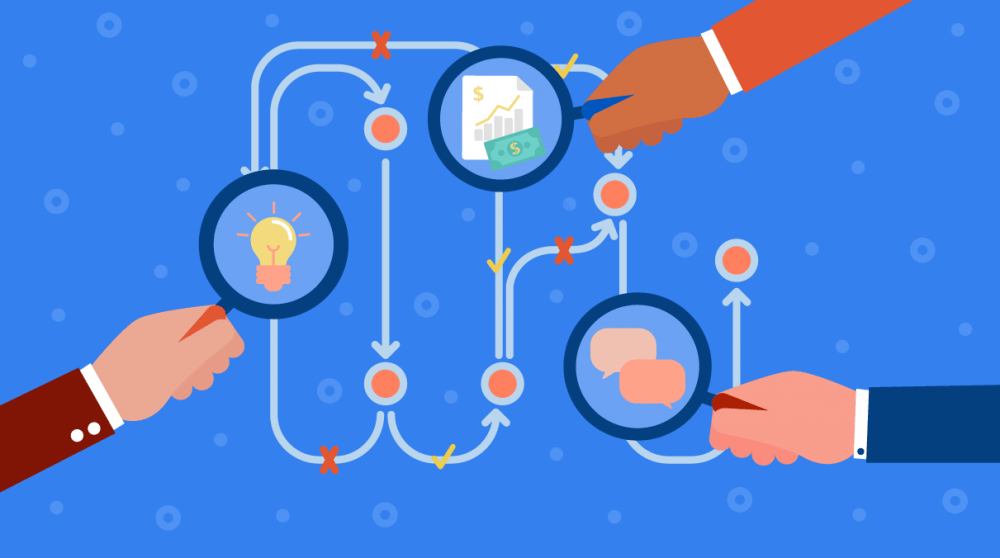
The agile methodology helps your team optimize workflow by implementing small-sized batches of work in repetitive cycles. This enables team members to detect flaws, make continuous improvements and make essential changes in the early stages. Accordingly, they can produce reliable and perpetual releases to meet the increased demands of customers without compromising the product’s quality and business value.
This property sets agile apart from traditional methods in which one phase will completely depend on the result of the previous stage. So when any defects are discovered, traditional teams have to redo large amounts of work. This proves money-wasting and causes superfluous delays in product deployment. Also, team members possibly struggle with later maintenance and upgrades.
The proper agile mindset will help your company avoid those problems. It also helps minimize wastage of resources (e.g. finance or human) and maximize a product’s quality and a team’s performance.
3. Encourage team innovation
In an agile working environment, open-minded interactions give team members the freedom to produce innovative ideas. Rather than only doing what is told, they are provided with time, space, and resources to build more effective solutions and make more constructive responses.
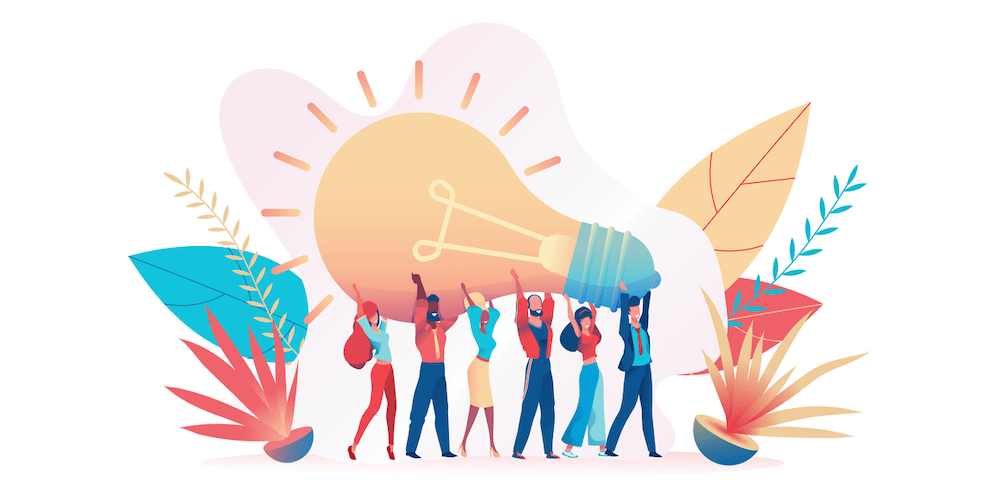
Therefore, during a project, a team leader should create favorable conditions to stimulate a whole team’s creativity and positive collaboration. He/She shouldn’t turn daily meeting standups into something exhausting and stressful. Instead, it’s necessary to develop a positive space where team members willingly speak out and make valuable contributions.
4. Focus on relentless improvement
Apart from enhancing the process, your team should reflect on what was done, tune in each member’s feedback in regular meetings and adjust. This improves future processes and helps your team find more effective ways to boost productivity.
Beyond that, your team needs to establish metrics to measure whether outcomes and performance reach your expectations. This guarantees a whole team still goes on the right path to achieve the common goals and stay on the same page of the mindset.

Relentless improvements are not limited to working processes or deliverables. But they also extend to the agile mindset.
There’s no standard mindset to follow. And it’s not an overnight process. So your team should continuously nurture this way of thinking and hold frequent meetings to ensure all members still work with agility.
Both business people and development members should engage in those meetings to convey information, check progress, and conduct retrospectives.
How to practice the agile mindset in your process?

Scientists say that you need more than two months to turn a new behavior into something habitual. If forming the mindset is nothing short of building a habit, you need that time to build the agile thought process within your team. Apart from your determination and tools, you also need to exercise your brain every day to cultivate the mindset. Below are the top 6 practices you should do to think agility:
Define and organize clear goals
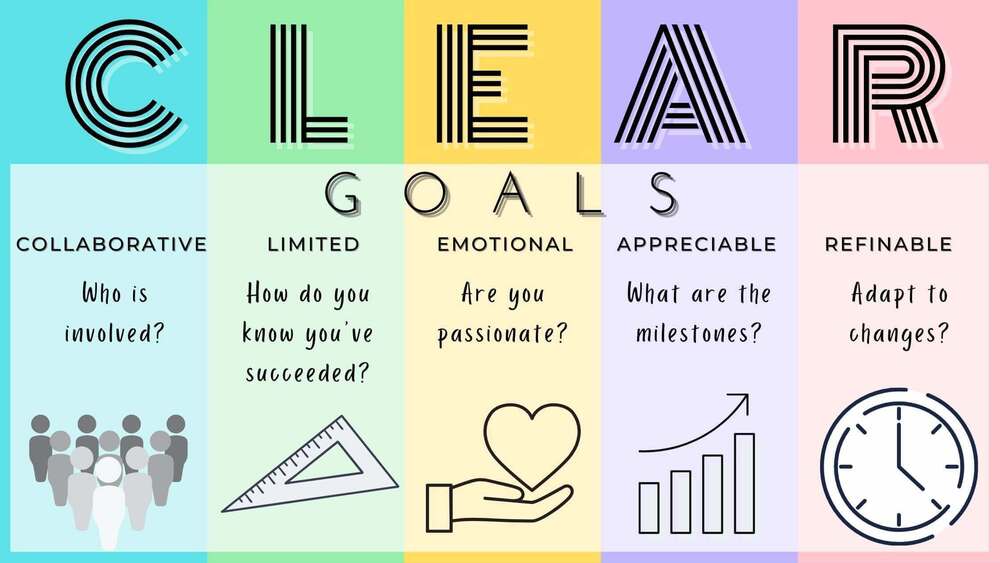
The key principle behind agile is to satisfy the changing demands of end-users. But it doesn’t mean your team should go with the flow without clear goals.
A well-defined objective empowers team members to visualize what they expect and how to achieve those expectations. Further, it helps you determine which tools should be used and which tasks need implementing to work toward the same goal.
In an agile workspace, this job doesn’t only need the involvement of team leaders or product owners. But it also requires positive contributions from other individuals. All members will work regularly to brainstorm the most effective solutions and build a good customer journey map. Flowcharts, diagrams, and other tools are essential to help envision what you obtain at the end.
Recommended reading: 6 Agile Project Management Tools That You Should Know in 2022
Focus on the customer
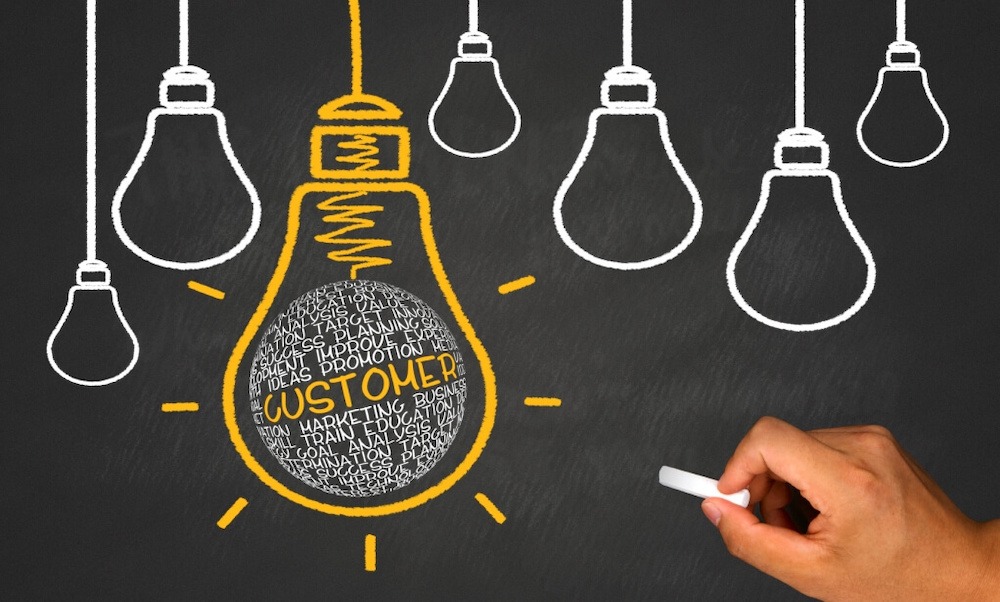
Working with agile for the long term, Designveloper infers that the team’s highest priority is to satisfy end-users through early and continuous releases.
Indeed, customers are among the integral factors of a company’s success. If they find the working software valuable and advantageous, they will make buying decisions which lead to your increased revenues.
So having the agile mindset means going deeper into user trends, undertaking market research and using collected data to build customer-driven products.
Beyond that, it also helps you receive prompt feedback from customers for early and continuously upgraded versions. You then can gain insight into whether your products or services live up to their expectations or bring them any desired values. This will facilitate further improvements and support you to build a long-term relationship with customers.
Practice critical thinking
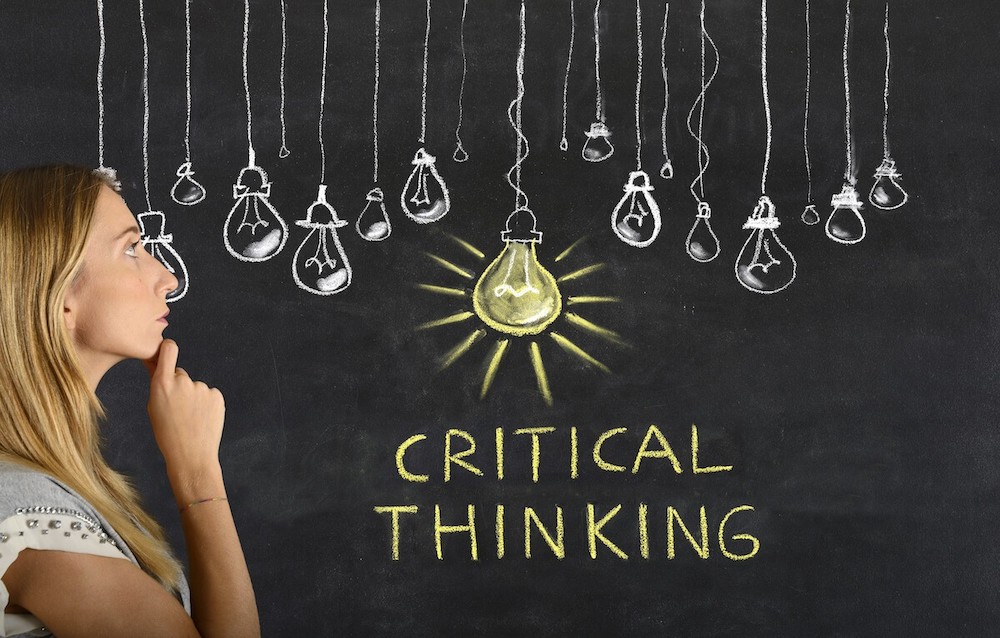
Honing critical thinking is a must if your team truly wants to become agile. This reasoning skill relates to the ability to solve problems and proactively find respective solutions.
Indeed, agile team members often encounter changes in market trends and customer needs. So it’s essential to define problems and see their impacts on those involved (i.e. end-users and product owners).
Team members also need to analyze these issues objectively, brainstorm and evaluate ideas to see which one is viable. Apart from feasibility, possible solutions should be systematic and well-structured.
Truly agile teams encourage members to share their points of view without fear of being judged. This opens avenues for them to practice critical thinking skills and build high-caliber results satisfied by everyone.
Learn to communicate and collaborate
Good communication and cooperation are two key factors behind productive teamwork. Tech projects, regardless of scope and complexity, are successful not just because of the efforts of a single member, but rather a team. Lack of seamless interactions and collaborative behaviors can lead to misunderstandings, inconsistent tasks, poor performance, and worse, failing results.

There are many ways for team members to succeed in communicating and working well with each other. Particularly,
- They should be given opportunities through group activities and training to understand their colleagues.
- Members should acknowledge each other’s expertise and skills to work harmoniously.
- They should be appreciated and treated fairly, which partially promotes their mental well-being.
- The office shouldn’t be intimidating, but rather gives a pleasant space for a team’s innovation and collaboration.
- Team members can use technological tools to schedule activities, track work progress, do video conferencing and exchange information.
Having the agile mindset, your team concentrates more on the word “WE” than “I”. This provokes solidarity and camaraderie among team members, which hence improves their working productivity.
Be transparent
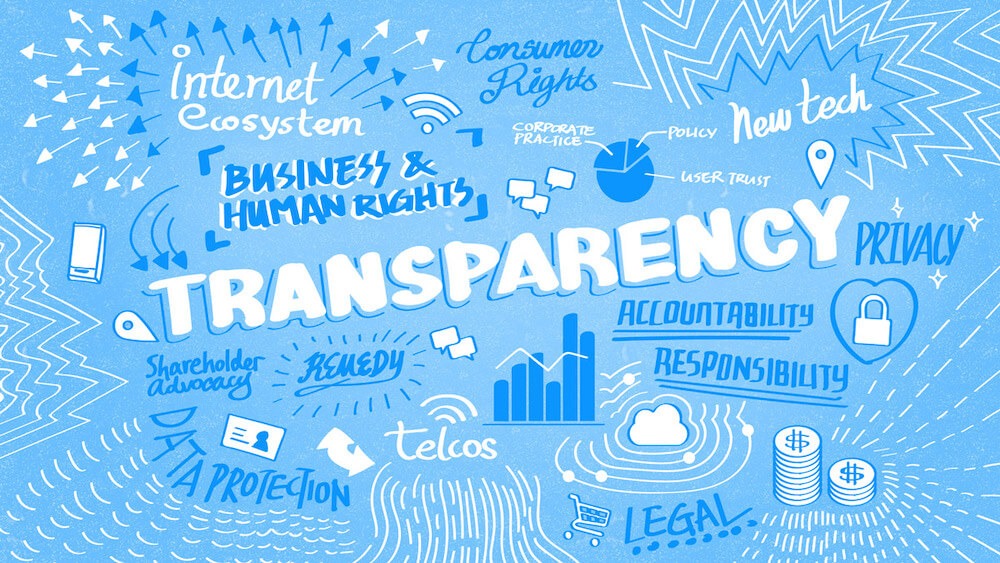
Transparency is another important metric to form your “agility” mindset. It relates to all levels of management and all positions involved in a project.
Specifically, all market research findings, budget figures, and other data should be approachable to authorized individuals. Declarations or decisions by senior managers should be clarified. And responsibilities should be clearly assigned to the right persons to avoid confusion. Transparency should also extend to making feedback on performance and progress.
When team members can transparently access every aspect of a project, they will respond quickly to problems and find it easier to give solutions. This factor helps them to develop mutual trust, facilitate informed discussions and cooperate with their high morale.
Stay humble and reflect
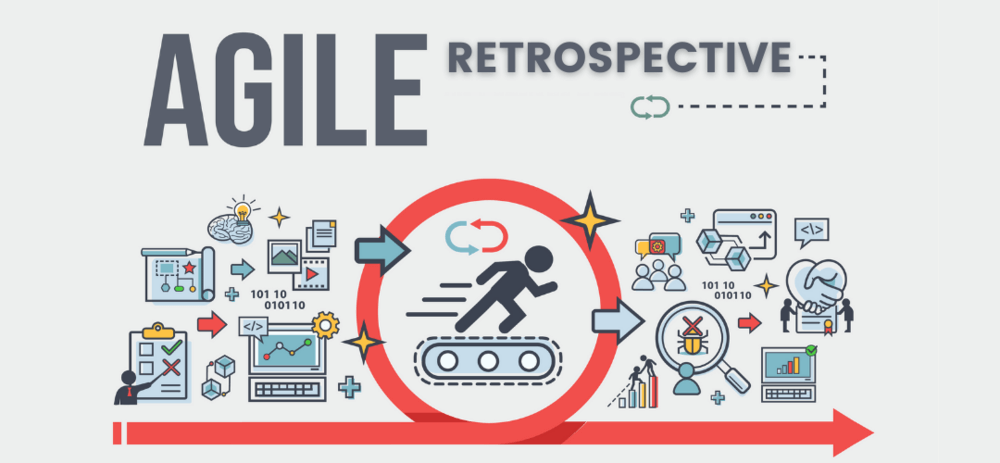
Building the software with the agile methodology is an ongoing process. There are no perfect IT specs to build the software. So irrespective of success or failure, agile teams always spend time looking back at what they have done in retrospective sessions.
Staying humble and planning future tasks to improve software are parts of the agile mindset when you build digital solutions successfully.
Even when your deliverables fail to catch user attention, you should consider failure as a previous lesson. More importantly, your team members will figure out which mistake they made and why it occurred. They then discovered possible approaches and strategies to perform tasks better.
Conclusion
Agile is no longer a new approach for project management.
With years of working on this methodology, we Designveloper realize that only embracing its principles doesn’t suffice to make your team truly agile.
More importantly, you should practice the right agile mindset for the entire team. Not only is this way of thinking applied in project tasks, but it also proves useful in other aspects of your work.
Practicing your brain frequently in the right way will help you form this mindset. But it’s not an overnight process, as we already said. So it needs your patience, determination, and understanding of agile principles.
The post The Agile Mindset: What do you need to focus on? appeared first on Designveloper.
February 27, 2022 at 10:26AM


